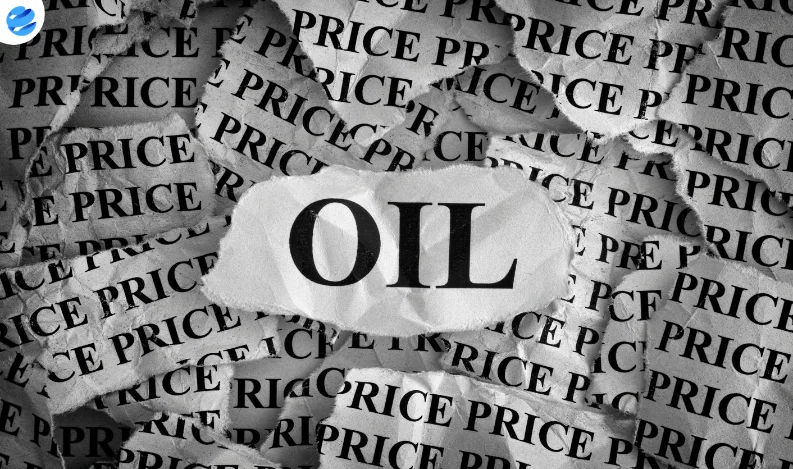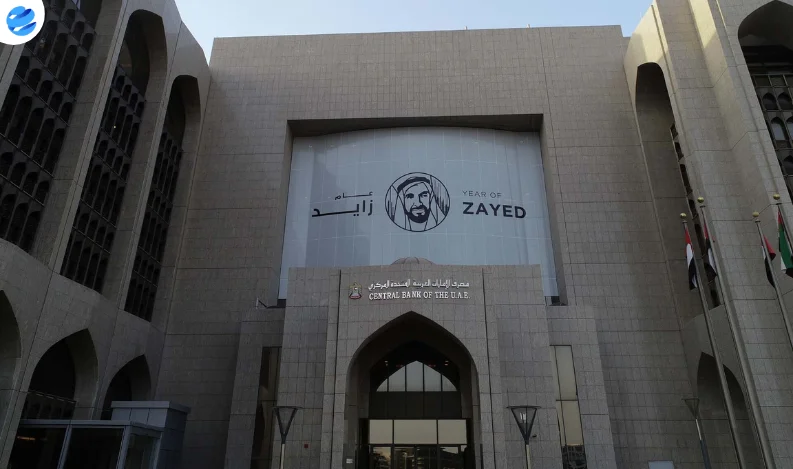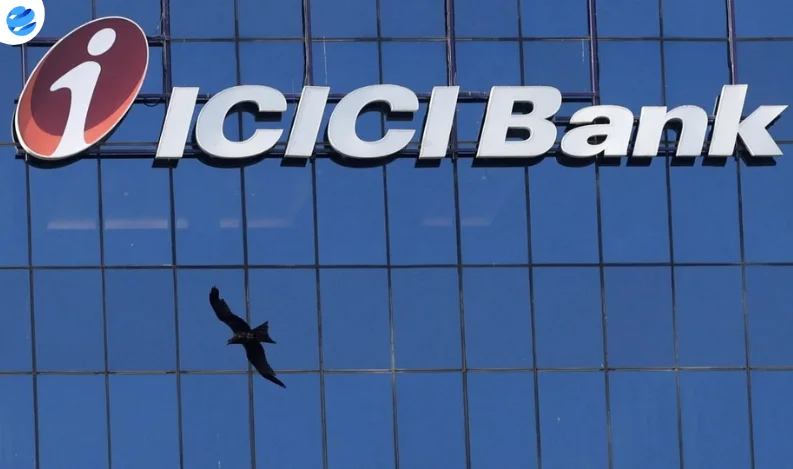Oil prices dipped early Monday after OPEC+ announced a significant increase in production for September, the latest in a series of moves aimed at regaining global market share.
By 2218 GMT, Brent crude futures dropped 43 cents (0.62%) to $69.24 a barrel, while U.S. West Texas Intermediate crude fell 39 cents (0.58%) to $66.94. Both benchmarks had already closed nearly $2 lower on Friday.
OPEC+ Lifts Output Again
At a brief virtual meeting on Sunday, OPEC+ members agreed to raise oil production by 547,000 barrels per day (bpd) next month. The hike continues a series of accelerated increases that started in April and reflects the group’s effort to boost supply amid rising concerns over Russian-linked supply disruptions.
The move also marks a full reversal of OPEC+’s largest output cuts, alongside an added boost from the United Arab Emirates, totaling an increase of about 2.5 million bpd, approximately 2.4% of global oil demand.
Eight OPEC+ nations attended the meeting, held against a backdrop of U.S. pressure on India to curb Russian oil imports. Washington is attempting to isolate Moscow economically and push for a Ukraine peace agreement, with President Donald Trump setting a target date of August 8 for visible progress.
A Changing Market Strategy
OPEC+ cited strong economic indicators and low global stockpiles as reasons behind the decision. Analysts say the group feels confident that oil prices near $70 per barrel reflect healthy fundamentals.
“Given fairly strong oil prices at around $70, it does give OPEC+ some confidence about market fundamentals,” said Amrita Sen, co-founder of Energy Aspects.
The group has slowly reversed production cuts made over the past several years, initially aimed at supporting prices. Starting in April 2025, the eight OPEC+ members gradually increased output each month, from 138,000 bpd in April to 548,000 bpd in August, now followed by September’s 547,000 bpd hike.
OPEC+ includes 10 non-OPEC oil producers, notably Russia and Kazakhstan, and accounts for roughly half of the world’s oil output.
What's Next?
The group is expected to reconvene on September 7 to discuss further changes. Two OPEC+ sources confirmed they may consider reinstating 1.65 million bpd in voluntary cuts, which are currently set to expire by the end of 2026.
Despite rising output, analysts believe the market is handling the new supply levels well, thanks to strategic stockpiling in countries like China.
“So far the market has been able to absorb very well those additional barrels also due to stockpiling activity in China,” said Giovanni Staunovo of UBS.
With geopolitical uncertainty in play, especially involving Russia, energy experts are watching the situation closely.
“OPEC+ has passed the first test,” said Jorge Leon, of Rystad Energy, adding that the harder part will be deciding when and how to unwind the remaining cuts while maintaining unity across the group.























